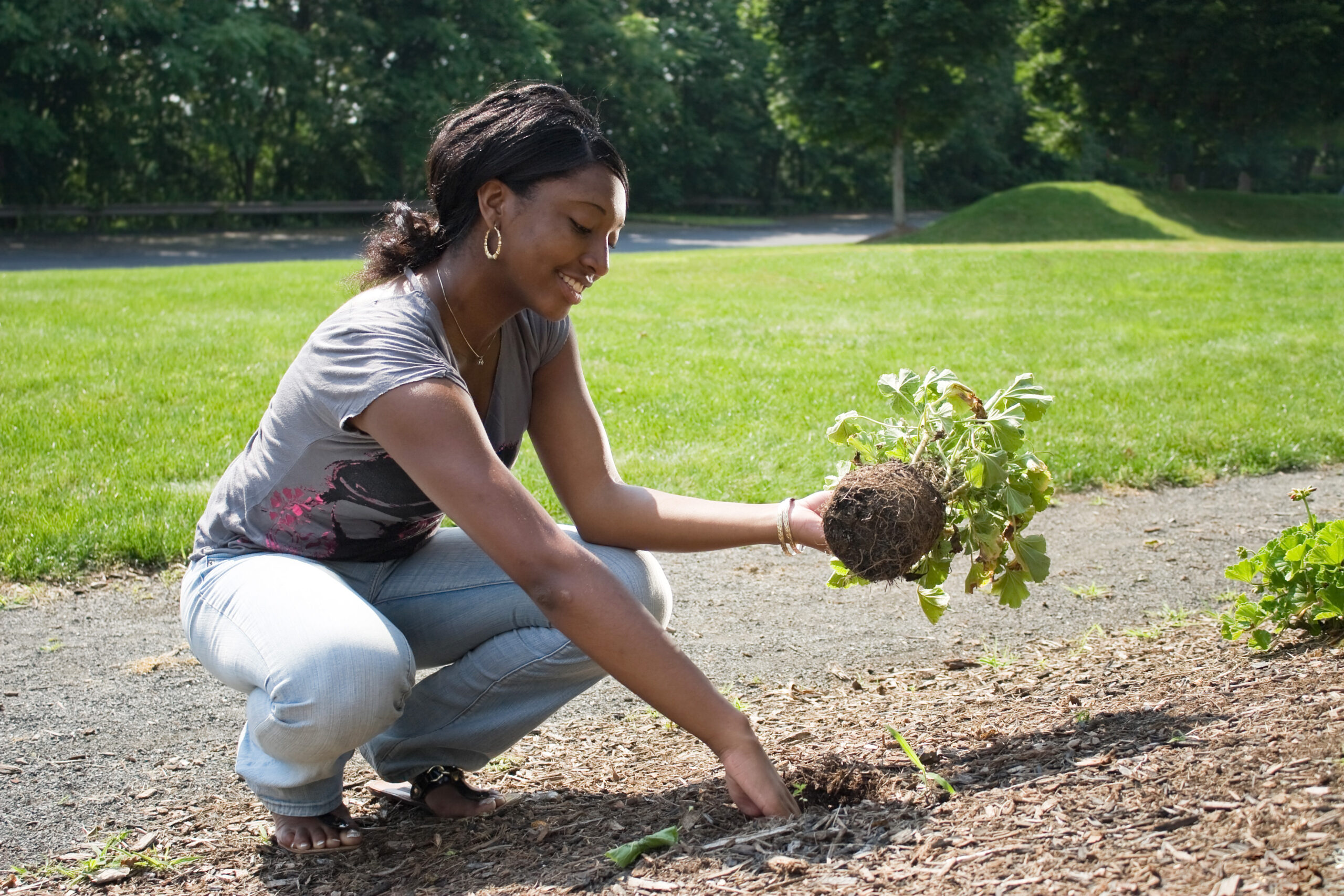Best Choice Products 8x2ft Outdoor Wooden Raised Garden Bed Planter for Vegetables, Grass, Lawn, Yard - Natural
22% OffLand Guard 8ft Galvanized Raised Garden Bed Kit, Raised Garden Boxes Outdoor, Oval Metal Raised Garden Beds for Vegetables, Silver,108 Gallon Capacity(with 10 Connecting rods)
$49.99 (as of 16:46 GMT -05:00 - More info)Starting a vegetable garden can be an exciting and rewarding experience. However, it’s easy to make mistakes that can lead to poor yields or even complete failure. In this blog post, we will cover the five most common mistakes people make when starting a vegetable garden and how you can avoid them.
Common Mistakes People Make When Starting a Vegetable Garden
1. Not doing enough research: Before you start your vegetable garden, it’s essential to do some research on which plants are best suited for your area and growing season. You should also learn about soil preparation, watering, fertilizing, pest control, and other important aspects of gardening. Failure to do so could result in poor growth, diseased plants, or even total crop loss.
2. Planting too much or too little: It’s tempting to want to plant everything at once, but resist the urge! Start small and expand as you gain more experience. On the flip side, don’t plant too few crops either; you need variety to ensure a steady supply of produce throughout the growing season.
3. Neglecting soil health: Soil is the foundation of any successful vegetable garden. If your soil isn’t healthy, neither will your plants be. Take time to prepare your soil properly by adding compost, manure, or other organic matter to improve its structure and nutrient content.

4. Overwatering or under-watering: Water is crucial for plant growth, but too much or too little can harm your plants. Learn to recognize signs of over- or under-watering such as wilted leaves or dry soil, and adjust your watering schedule accordingly.
5. Ignoring pests and maintenance: Pests like insects, rodents, and birds can cause significant damage to your garden if left unchecked. Regularly inspect your plants for signs of pests and take appropriate action to remove them. Also, remember to prune dead branches, pull weeds, and harvest ripe fruit to keep your garden looking and producing its best.
How to Choose the Right Plants for Your Garden
Choosing the right plants is critical to ensuring a bountiful harvest from your vegetable garden. Here are some tips to help you select the best varieties for your needs:
1. Consider your climate and growing zone: Different plants thrive in different climates and regions. Research which ones are well-suited for your area before making any purchases.
2. Think about your personal preferences: Do you love tomatoes? Hate broccoli? Choose plants based on what you enjoy eating and cooking with.
3. Determine the purpose of your garden: Are you growing vegetables primarily for fresh consumption or preserving? Select plants that meet those goals.
The Importance of Soil Preparation

Soil is the foundation of any successful vegetable garden. Without healthy soil, your plants won’t grow well, no matter how much effort you put into caring for them. Here are three reasons why soil preparation is so vital:
1. Improved drainage: Healthy soil allows water to drain away from roots, preventing root rot and other problems caused by standing water.
2. Better aeration: Air circulation is essential for strong root development. Well-prepared soil has plenty of air pockets that allow oxygen to reach plant roots.
3. Enhanced nutrition: Organic matter added to soil improves its nutrient content, providing plants with the necessary vitamins and minerals they require to flourish.
Watering and Fertilizing Your Garden
Proper watering and fertilization are key components of successful vegetable gardening. Here are some guidelines to follow:
1. Water deeply and regularly: Aim to moisten the top 6-8 inches of soil each time you water. This encourages deep root growth and helps plants stay hydrated during hot weather.
2. Use a balanced fertilizer: Applying a balanced fertilizer (one with equal amounts of nitrogen, phosphorus, and potassium) every six weeks can boost plant growth and yield. Follow package instructions carefully to avoid over-fertilization.
Pest Control and Maintenance Tips
No matter how careful you are, pests will find their way into your garden eventually. Here are some strategies for controlling them without resorting to chemical pesticides:
1. Handpicking: Many pests, including slugs, snails, and aphids, can be removed by hand. Simply pick them off plants and dispose of them.
2. Natural predators: Encourage natural enemies of pests, such as ladybugs and lacewings, by creating a welcoming habitat for them. Provide shelter, food, and water sources nearby to attract these beneficial creatures.
3. Barriers: Physical barriers like row covers or collars can protect young seedlings from hungry pests until they become established.
Conclusion
Starting a vegetable garden can be both fun and challenging. By following our advice on choosing the right plants, preparing your soil, watering and fertilizing, controlling pests, and maintaining your garden, you can increase your chances of success and reap a bountiful harvest. Happy gardening!
Related Content
- Indoor Herb Gardens: Fresh Flavors at Your Fingertips
- California pushes composting to lower food waste emissions
- Carolina residents, put down the rake! Why you shouldn’t pick up leaves
- SWANA releases report addressing recycling program’s effects on contamination – Waste Today
- Comic: A kitchen composting guide for beginners – Los Angeles Times












































